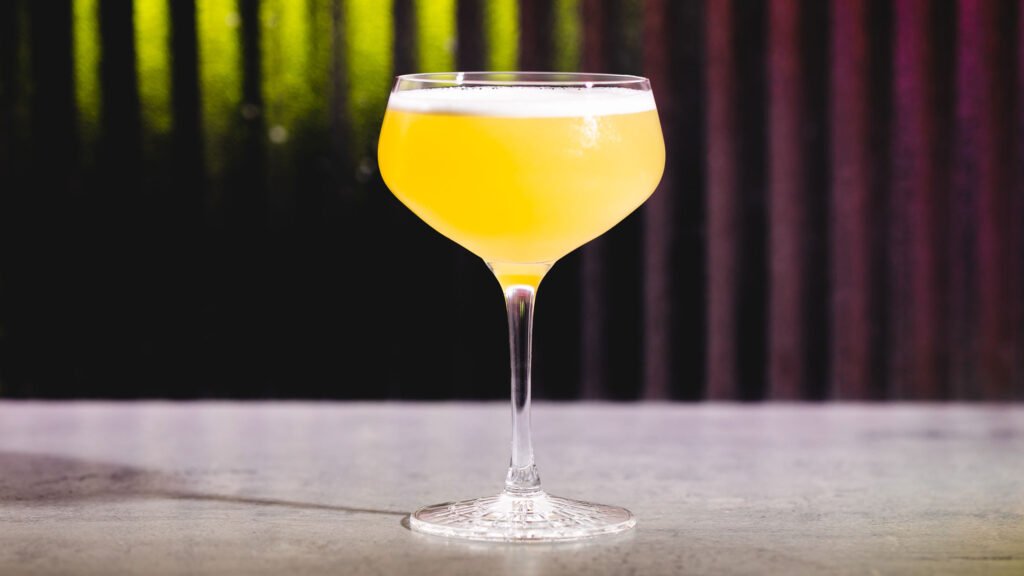[ad_1]
Have a look at any drinks menu at this time and also you’ll probably see basic Italian amari standing aspect by aspect with equally bittersweet and fortifying after-dinner choices from nations as far afield as Mexico, Japan and Vietnam. Regardless of the agita this may trigger some Italian producers, this new wave of worldwide amaro-inspired liqueurs is barely rising.
Italy is thought for its strict Managed Designation of Origin (DOC) classifications defending the standard of lots of the nation’s famend wines and foodways—from Vermouth di Torino and Vin Santo to Prosciutto di Parma and Parmigiano. But, no such classification exists for amaro.
Aaron Sing Fox and Daniel de la Nuez, the founders of Brooklyn’s Forthave Spirits, level out that it might be troublesome for legacy producers to search out frequent floor round which components or base spirit needs to be required to be categorized on this approach. “Amaro is primarily a mix of a various vary of agricultural components, lots of that are sourced removed from the area the place the ultimate product is made,” explains Fox. For Seattle bartender, author and illustrator Andrew Bohrer, this can be a good factor. “I feel it’s a pernicious behavior to tie drink classes to nations reasonably than cultures,” he says. “International locations are a more moderen idea; they modify, they might stop to exist… whereas most cultures are extra resilient.”
Although Italy has traditionally been the house of the biggest number of natural bitter liqueurs, the custom has crossed borders for hundreds of years. Right now, greater than ever, the proverbial bittersweet cat is out of the bag: U.S.-made amaro is booming and extra nations—many and not using a conventional aperitif or digestif tradition—are crafting trendy takes on the class, impressed by their very own tradition, traditions and components.
For Forthave’s de la Nuez, it bears resemblance to the best way hip-hop artists pattern from present music and spin it into one thing wholly distinctive. “Hip-hop was created within the Bronx, however the style transcends borders and flavors, very like amaro does now,” says de la Nuez. “It’s like taking a snippet of a soul music, flipping it and dashing it up, dropping a beat over it and creating a brand new music from it. These interpolations have created such distinctive and exquisite works.”
[ad_2]


